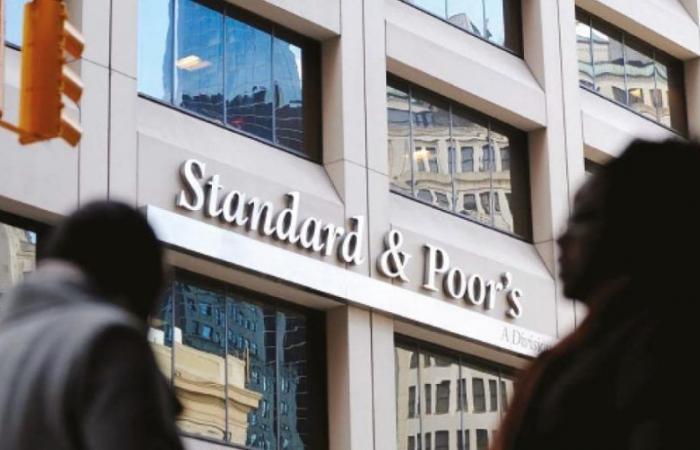The Standard & Poor’s (S&P) rating agency considers Morocco’s monetary policy framework to be stable, despite the challenges posed by anchoring its currency to a euro-dollar basket.
S&P Global Ratings has reaffirmed Morocco’s foreign and local currency credit ratings at BB+, while maintaining a positive outlook, according to its latest report. This decision reflects confidence in the fiscal and socio-economic reforms underway in the country, aimed at boosting growth and reducing public debt.
Foreign and local currency credit ratings measure a country’s ability to meet its financial obligations in foreign or domestic currencies. The BB+ rating reflects the resilience of the Moroccan economy despite recent headwinds, including a weak agricultural season and chronic water shortages, which have weighed on the agricultural sector.
However, the country’s diversified economic base, driven by strong performances in tourism, automobiles, aerospace and phosphates, continues to provide a strong foundation for growth.
S&P argues that the positive outlook is driven by expectations that Morocco will continue its reform trajectory. Key measures include reducing subsidies on raw materials such as butane gas, wheat and sugar.
This measure aims to reallocate resources towards social programs, in particular the expansion of medical coverage. The report also notes the progress made by Morocco in simplifying its tax system, notably through VAT reforms, which aim to formalize commercial activity and increase revenues.
If these reforms result in stronger economic growth and further fiscal improvements, S&P reported that Morocco could benefit from a credit rating upgrade in the next 12 months.
Despite this positive outlook, S&P warns that Morocco remains exposed to external risks, particularly due to its dependence on precipitation. Agriculture, which contributes 10% to GDP and 30% to employment, remains a vulnerable sector, heavily dependent on favorable weather conditions.
Public debt also remains a source of concern. S&P projects that Morocco’s public debt will remain high, around 65% of GDP until 2027, with budget deficits gradually narrowing. The deficit is expected to increase from 4.4% of GDP in 2023 to 4.2% in 2024, reaching 3% in 2027.
Morocco’s reform efforts are bearing fruit in terms of foreign direct investment (FDI). FDI inflows jumped 51.6% in the first half of 2024, boosted by initiatives to attract more private investment.
At the same time, inflation is expected to follow a downward trajectory, with S&P forecasting a decline to 1.5% in 2024 from 6.1% in 2023.
This decline is supported by the central bank’s monetary policy, which includes a 25 basis point reduction in its benchmark interest rate in June 2024.
RT/te/APA






